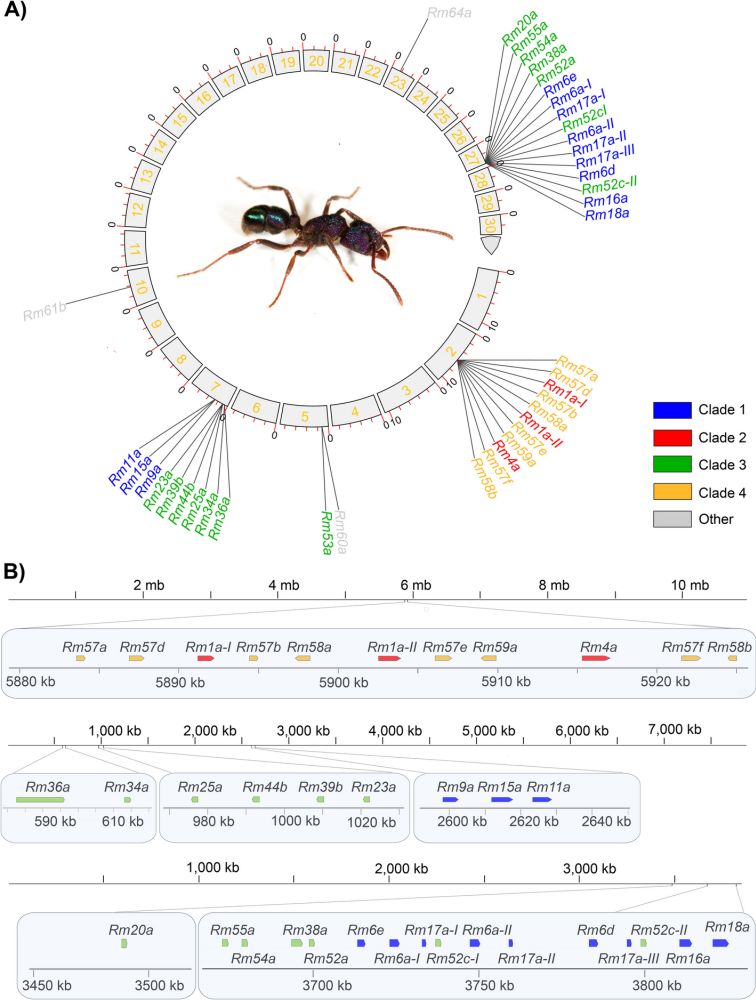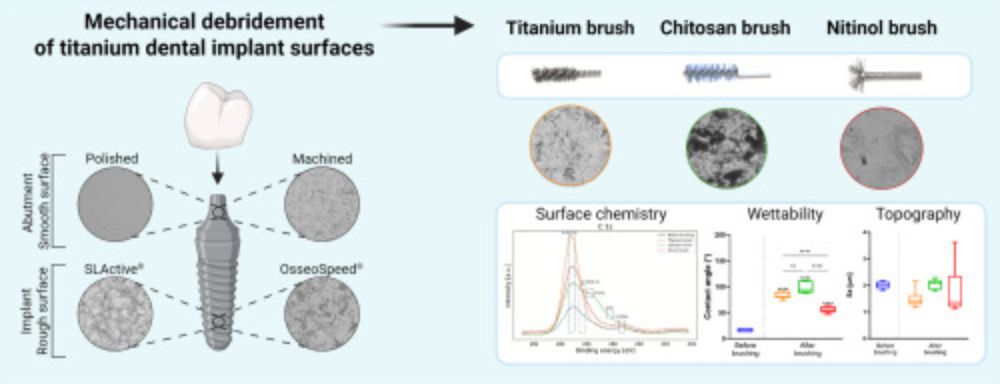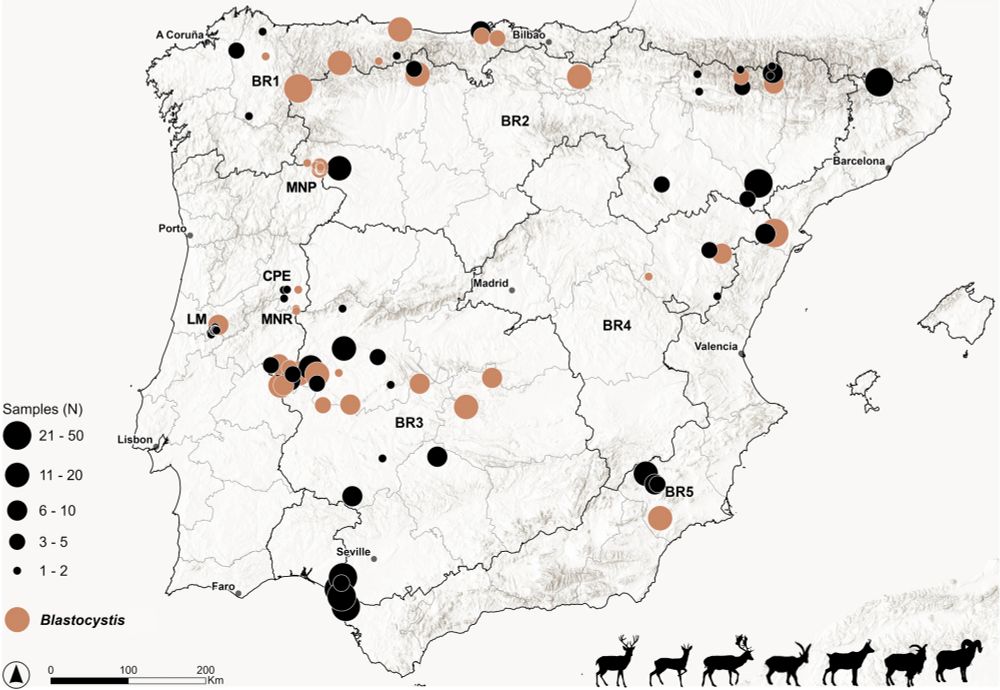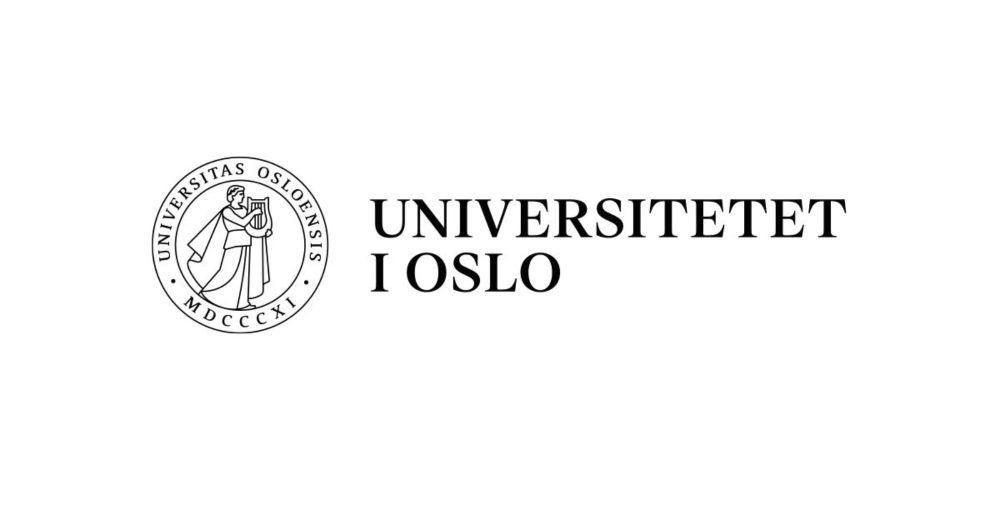Department of Biosciences, University of Oslo
@biovitenskap.bsky.social
450 followers
510 following
100 posts
Institutt for biovitenskap ved Universitetet i Oslo gir forskningsbasert undervisning og forskerutdanning av høy kvalitet innen et bredt spekter av biologien.
Follow us for research-based knowledge on studies & research across a wide spectrum of biology.
Posts
Media
Videos
Starter Packs
Reposted by Department of Biosciences, University of Oslo
Reposted by Department of Biosciences, University of Oslo
Reposted by Department of Biosciences, University of Oslo
Reposted by Department of Biosciences, University of Oslo
Reposted by Department of Biosciences, University of Oslo
Reposted by Department of Biosciences, University of Oslo
Reposted by Department of Biosciences, University of Oslo
Reposted by Department of Biosciences, University of Oslo

























